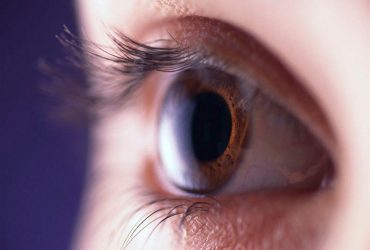Other barriers include lack of knowledge, skill, and cognitive capacity
Hypothetical patients with MCI, baseline MMSE of 28, CSF Aβ1-42 of 925 pg/mL predicted to reach MMSE of 20 after 6.0 years
19.6 percent of first attempted suicides occur without an antecedent psychiatric disorder
Models that enable primary care practitioners to diagnose and evaluate patients for treatment eligibility would have biggest impact on wait times
High false-positive rate seen when used in primary care with diverse patient population
Second study demonstrates feasibility of program for assessing mental health needs of trauma patients
In a recent study, models had mean AUROC, sensitivity, and specificity of 1.00 for ASD screening
Providers should screen for suicide risk at well-child visits starting at age 12 years and during higher-risk situations
Implementation of opioid use disorder screening does not increase percentage of patients with new diagnosis
Algorithm combining multiple digital phenotypes has high diagnostic accuracy, with area under the receiver operating characteristic curve of 0.90











